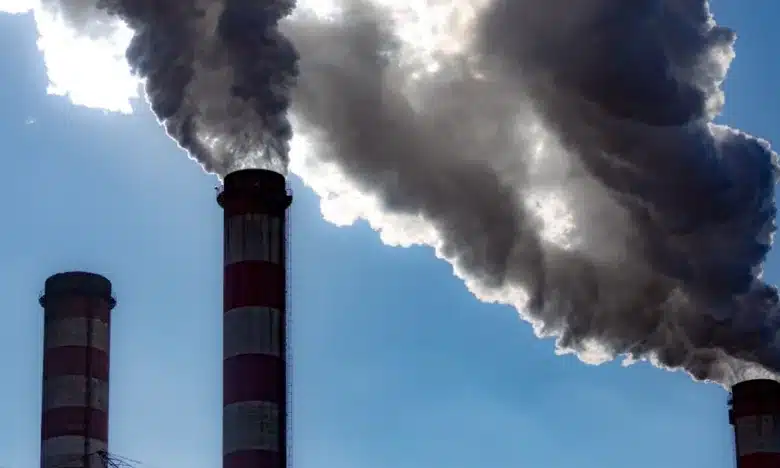
The Uniqueness of the Philippines Deserves an Equally Diverse and Differentiated Energy Transition
- November 3, 2024
The Philippines is now known to have over 7,600 islands, and this peculiarity presents both challenges and opportunities in the energy development and sustainability sector. Along with its geography, its unique socio-economic landscape entails a whole new ballgame for a successful energy transition. This strategy’s key goals are sustainability, security, and affordability, implemented in a culture where every region and community is included in its progress.
The Complexity of the Philippine Landscape
Geography is still the biggest factor that distinguishes the Philippines’ fragmented energy infrastructure. Because it is archipelagic, it renders the energy transition models impractical. Remote rural areas are farther from the power grids and suffer limited access, notwithstanding the several islands that are not even connected to the grid yet. These minorities must rely on expensive and environmentally destructive diesel generators.
Another hurdle is the country’s wide income disparity. While some regions are rapidly industrializing, many others remain agricultural and unprepared to meet the demands o the modern world. With the nation’s economic stratification in aggressive acceleration, supplying the ever-rising power demand is essential to sustain its efforts. It is necessary to allocate secure and reliable power supply to industrial hubs, although this often leaves rural hubs behind in times of shortage. The Philippine energy plan must equalized these disparities for ongoing peace and economic development.
A Differentiated Approach to Energy Transition
A differentiated approach is one of the best solutions for the unique Philippine landscape to surpass its challenges. Creating uniform polices may not be inclusive to the needs of both urban and rural areas. The plan must be customized to each unique region and their diverse range of conditions and resources.
In the industrial regions where coal is still key for cheap and constant energy supply, the country must double down on producing and storing solar, wind, and gas energy to add to the mix. There is great potential in the combination rooftop solar installations, geothermal plants, and wind farms. These green energy options add a safety net for these regions’ power supply in times of flux, and simultaneously reduces their carbon footprint. AboitizPower, the country’s leading energy firm, states that differentiated roles for renewable and nonrenewable energy sources are the main factor in ensuring the affordability of energy.
However, rural communities would benefit most from flexible and localized plans. Their best advantage would be in renewable energy microgrids powered by solar, biomass, and hydropower, capitalizing on the natural resources of these remote areas. A decentralized energy supply paves the way for these regions’ energy independence, weaning off of imported fossil fuels, at the same time preventing further harm of their natural resources from traditional power sources.
Another option is integrating natural gas as a transitional fuel. Although nonrenewable, natural gas is seen as a cleaner energy source as it produces fewer carbon emissions than coal and oil, but provides the same reliability needed for baseload power. Both urban and rural communities may benefit from the supplementation of the energy mix with natural gas along with renewable sources.
The Big Three: Reliability, Sustainability, Affordability
With typhoons, earthquakes and other natural disasters prevalent in the Philippine landscape, energy security and a stable power infrastructure is a top priority. Although green energy sources contribute to sustainability, it does not meet the country’s needs for reliability if not targeted efficiently and supported by storage solutions. The Philippines may need a more resilient grid system in order to mitigate the intermittent nature of these sources to balance supply and demand.
AboitizPower stresses that reliability and affordability go hand in hand with the country’s transition to green energy in order to benefit the country. Instability and high costs are at risk if the nation relies too heavily on one source. Various energy sources must join forces in order to support the accessibility and affordability of power for all Filipinos.
Fair Access to Power
As the Philippines complies with the global mandate to energy transition, it is important to keep the best interests of Filipinos at heart as we embark on this journey, making sure each citizen feels its benefits. The World Bank’s thrust is an inclusive energy transition that is considerate of the socioeconomic needs of the marginalized. This not only entails efficiency, but social justice and affordability in the energy policies made by the country.
Including all Filipinos in the energy transition requires education and community involvement. Informing all citizens about the changes happening will foster a sense of a shared goal, and clearing the air of any assumptions of exploitation due to misinformation. At the end of the day, it is unity and cooperation among all regions that will ensure sustainability. Local initiatives and training programs may be utillized to benefit disadvantaged populations.
Bayanihan is Power
The Philippines’ unique geographic and economic landscape necessitates an equally unique approach to energy transition. A one-size-fits-all policy would be insufficient to address the diverse needs and challenges faced by different regions and communities. By adopting a differentiated strategy that integrates both renewable and conventional energy sources, the country can build a resilient, affordable, and sustainable energy system. Collaboration between the government, private sector, and communities is essential to ensure that the energy transition is both inclusive and effective, ultimately leading to a greener and more prosperous future for all Filipinos.
To build power security as a nation, we must celebrate and assert our unique differences and particular problems that only Filipinos best understand and know how to solve. Keeping the bayanihan spirit alive will best guide policymakers in utilizing our natural energy resources and responding to the varied needs of all our regions.



